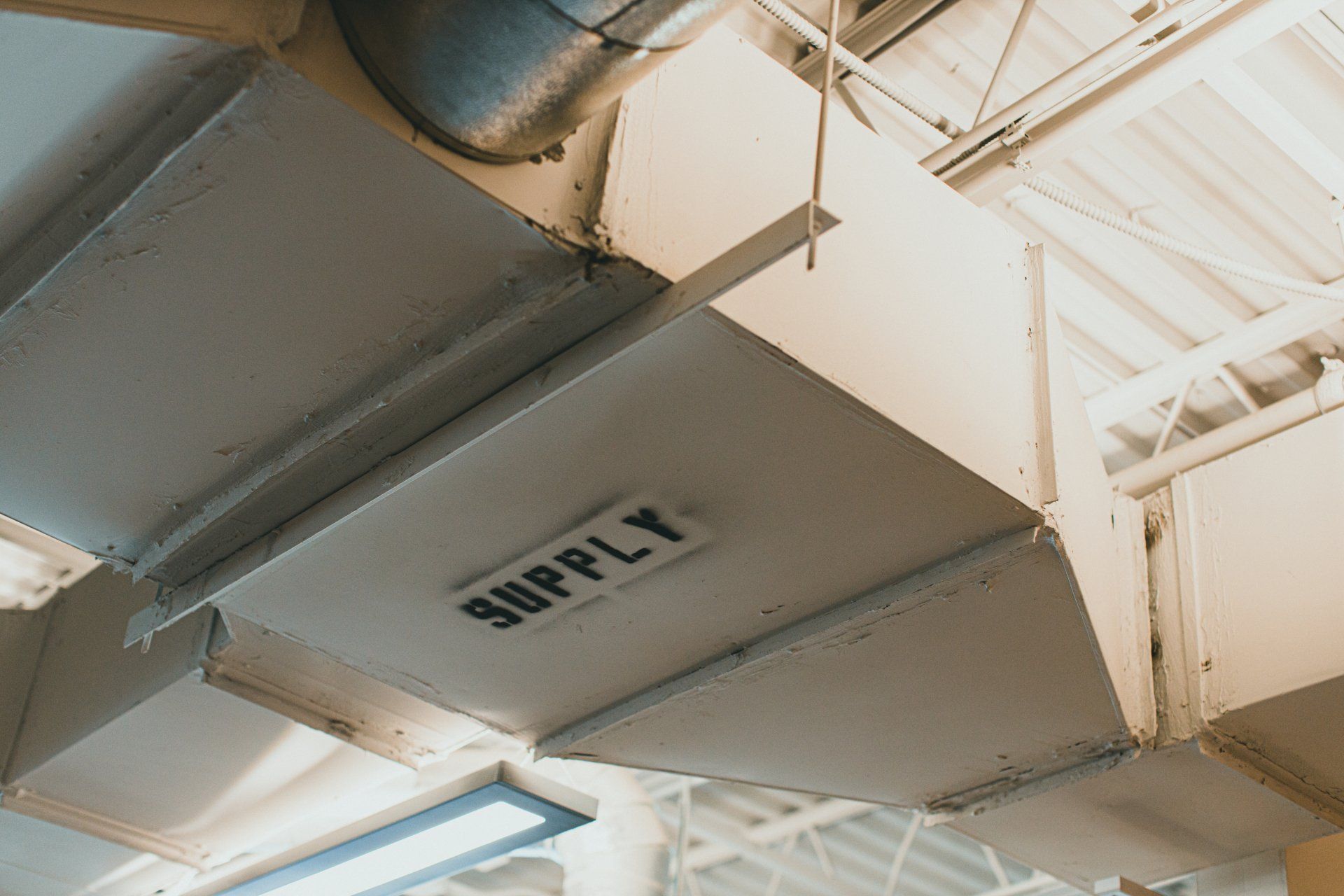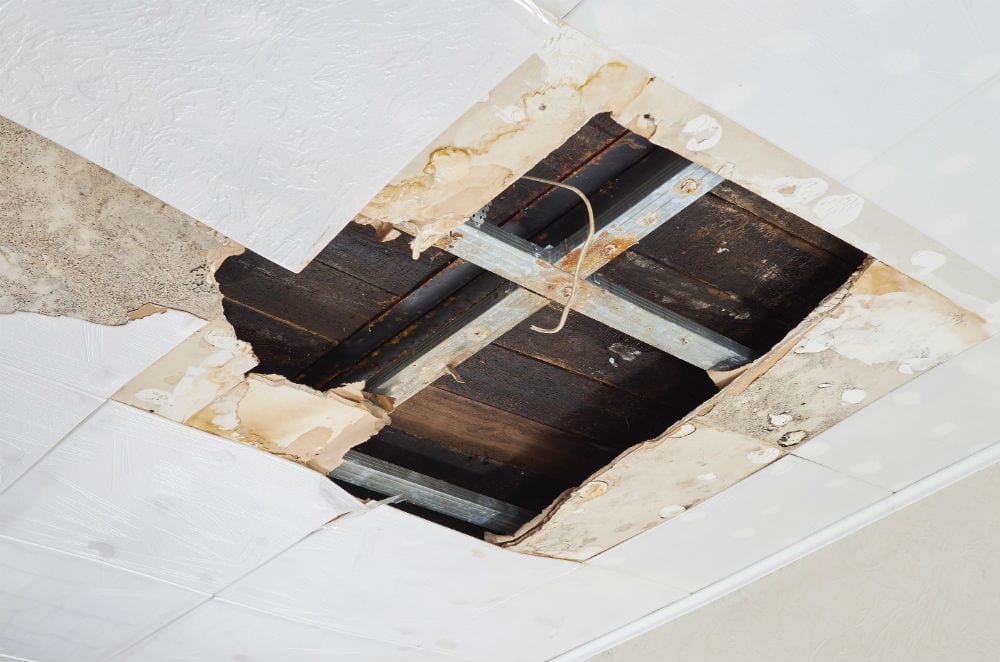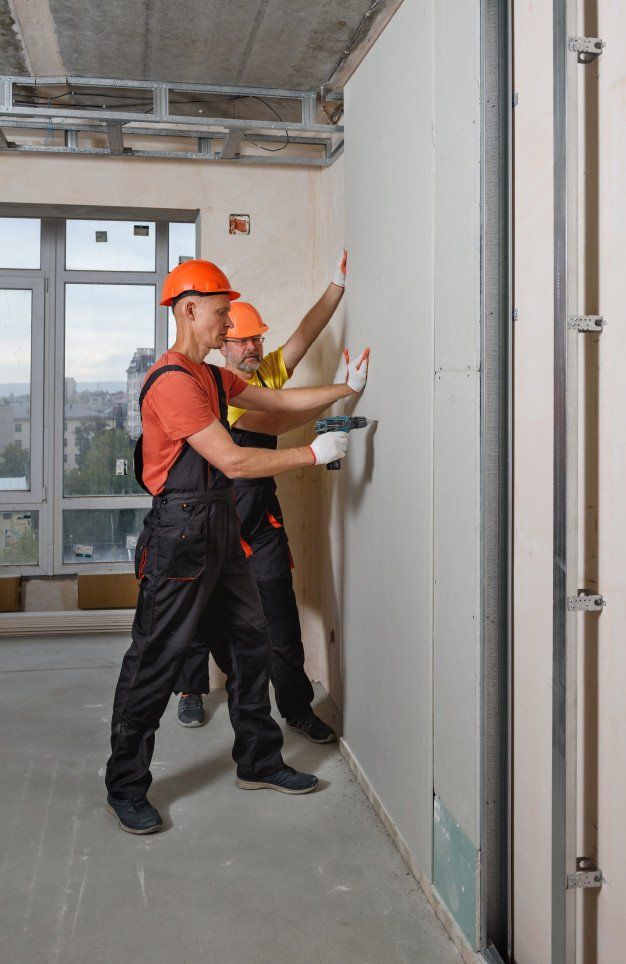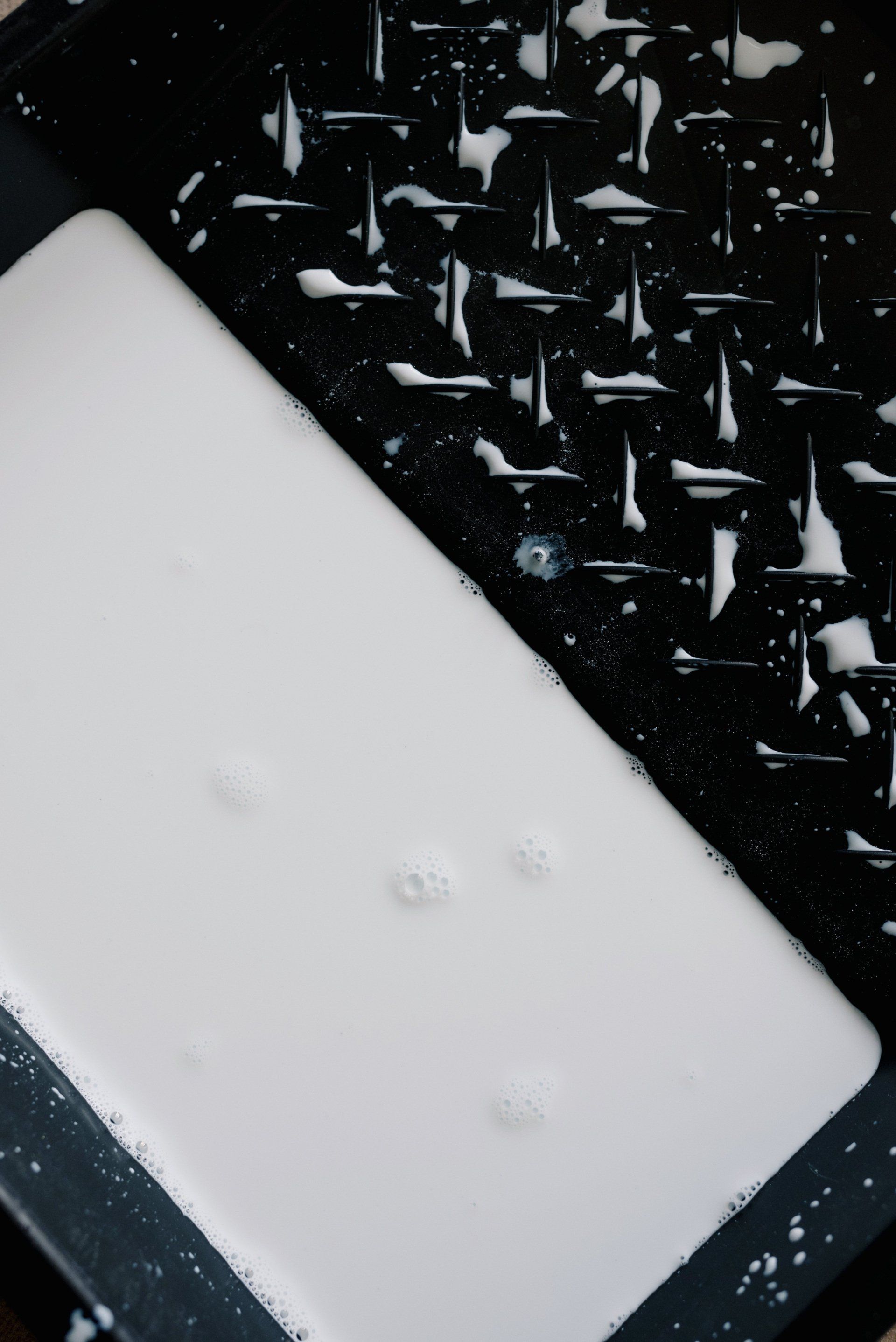Quick and Easy Drywall Repair Tips Every Homeowner Should Know
Keller Texas Drywall Contractor • December 17, 2022
Master DIY Drywall Repairs with These Simple Techniques and Save Time and Money
Drywall is a fundamental part of modern home construction, providing smooth, durable walls and ceilings. However, even the most meticulously installed drywall can develop issues like cracks, holes, or wear over time. Whether you're dealing with minor dings or more serious damage, drywall repair is a skill every homeowner can benefit from. This guide will walk you through quick and easy drywall repair tips to keep your walls and ceilings looking their best.
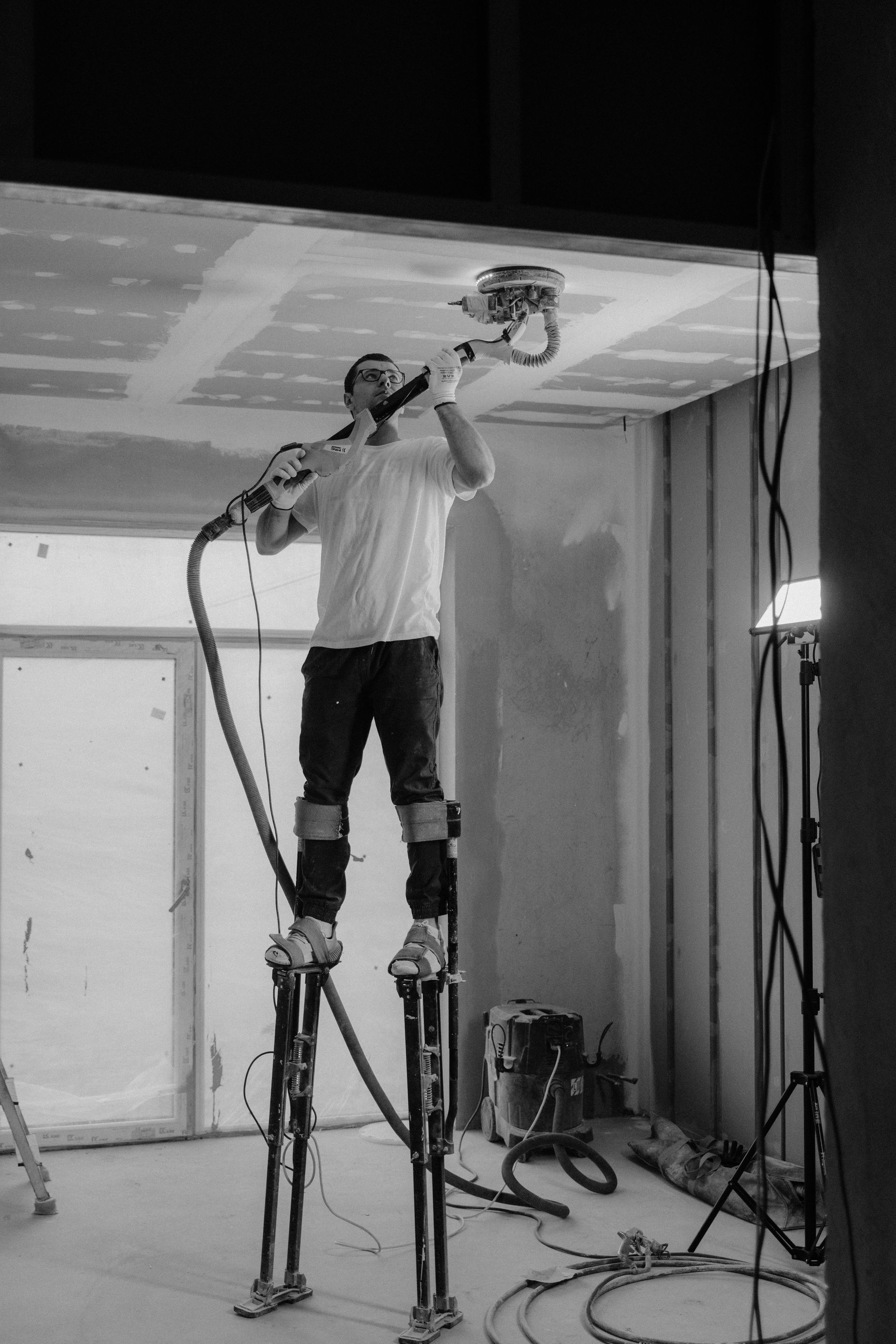
1. Assess the Damage: Identifying Common Drywall Problems
Before diving into the repair process, it's essential to assess the extent of the damage. Common drywall issues include:
- Small holes or dents from nails or picture frames.
- Cracks often found in high-stress areas like corners.
- Large holes or gouges from furniture or accidental impacts.
- Water damage, which can weaken the drywall and require replacement.
Once you understand the scope of the damage, you can decide whether you can handle the repair yourself or if you need to search for "drywall repair near me" or hire a "drywall contractor."
2. Essential Tools and Materials for Drywall Repair
For most drywall repair projects, you'll need the following tools:
- Utility knife
- Sanding sponge or sandpaper
- Drywall saw (for larger holes)
- Putty knife
- Drywall joint compound (also known as "mud")
- Drywall patches
- Paint primer and paint to match your wall color
These basic supplies will help you with most minor repairs, whether you're addressing small holes or looking for "sheetrock repair near me" to handle more extensive damage.
3. Repairing Small Holes and Cracks
Small holes, dents, or cracks in drywall are the easiest to repair. Here's a quick step-by-step guide:
- Clean the area: Use a utility knife to remove any loose drywall around the hole or crack.
- Apply joint compound: Using a putty knife, spread a thin layer of drywall joint compound over the damaged area. Be sure to feather the edges for a smooth finish.
- Sand it down: Once the compound dries, sand the area lightly until it's flush with the surrounding wall.
- Prime and paint: Finish by applying primer and then paint to match the rest of the wall.
If the damage is more than you’re comfortable handling, searching for a "drywall company near me" may be a good idea.
4. Patching Larger Holes in Drywall
For holes larger than a few inches, a patch will be necessary. This repair is still manageable for most DIY enthusiasts, but if you're unsure, you can look for "drywall installation near me" or contact "drywallers near me" for assistance.
Here's how to patch a large hole:
- Cut a clean hole: Use a drywall saw to cut out the damaged section, ensuring the edges are clean and square.
- Cut a patch: Cut a piece of drywall to fit the hole you've created. It should fit snugly without any gaps.
- Attach the patch: Secure the patch to the wall using drywall screws, ensuring it’s level with the surrounding surface.
- Apply joint compound: Spread a layer of joint compound over the seams, covering the screw heads as well. Feather the edges for a seamless finish.
- Sand and paint: Once the compound is dry, sand the area smooth and apply primer and paint.
Larger holes can be tricky, especially when they occur in ceilings. If you need help with ceiling damage, searching for "drywall ceiling repair near me" is a good option.
5. Addressing Water Damage in Drywall
Water damage can weaken drywall, leading to sagging or crumbling. When repairing drywall affected by water, it's crucial to fix the source of the leak before beginning any wall repair.
- Cut out the damaged drywall: Use a drywall saw to remove the weakened sections of drywall.
- Replace with new drywall: Cut a new piece of drywall to fit the space and screw it into place.
- Finish the seams: Apply joint compound over the seams and screw heads, feathering the edges for a smooth finish.
- Prime and paint: After sanding the dried compound, apply primer and paint.
For extensive water damage, you might want to consult "drywall services near me" for professional assistance.
6. Dealing with Cracks in Corners and Seams
Cracks in corners and seams are common in homes with settling foundations. These cracks are typically easy to fix, but recurring issues may require expert intervention from a "drywall contractor near me."
Cut away damaged drywall: Use a utility knife to remove any loose drywall or tape around the crack.
Reinforce with tape: Apply mesh drywall tape over the crack for added strength.
Apply joint compound: Spread a layer of joint compound over the tape, feathering the edges for a smooth finish.
Sand and paint: Once dry, sand the area smooth and apply paint to match.
For large or persistent cracks, consider hiring a "drywall company" to ensure the issue is fully resolved.
7. Drywall Ceiling Repair Tips
Drywall ceilings can suffer damage from leaks, impacts, or general wear. When dealing with ceiling repairs, safety is key, as working overhead can be challenging.
- Cut out the damaged area: Use a drywall saw to remove the damaged section of ceiling drywall.
- Secure a patch: Cut a patch of drywall to fit the hole and screw it into place using drywall screws.
- Apply joint compound: Spread a layer of compound over the seams and screw heads, ensuring the patch is flush with the surrounding ceiling.
- Sand and paint: Once the compound dries, sand it smooth and repaint the ceiling.
For larger ceiling repairs, it may be more efficient to look for "drywall work near me" to get professional assistance.
8. Hiring Professional Drywall Services
While many drywall repairs are simple enough for DIY enthusiasts, some situations call for the expertise of a professional. Whether you're dealing with major water damage, a large-scale repair, or installing drywall in a new space, consider reaching out to professionals.
When searching for help, use terms like:
"Drywall services near me"
"Wall repair near me"
"Drywall work near me"
"Drywall contractor near me"
These searches will connect you with experts who can handle more complex drywall projects.
9. Preventing Future Drywall Damage
After repairing your drywall, take steps to prevent future damage:
- Install doorstops: Protect your walls from being damaged by doors.
- Control humidity: Prevent moisture-related issues by maintaining proper humidity levels in your home.
- Inspect regularly: Check your drywall for signs of damage, especially in high-traffic areas.

